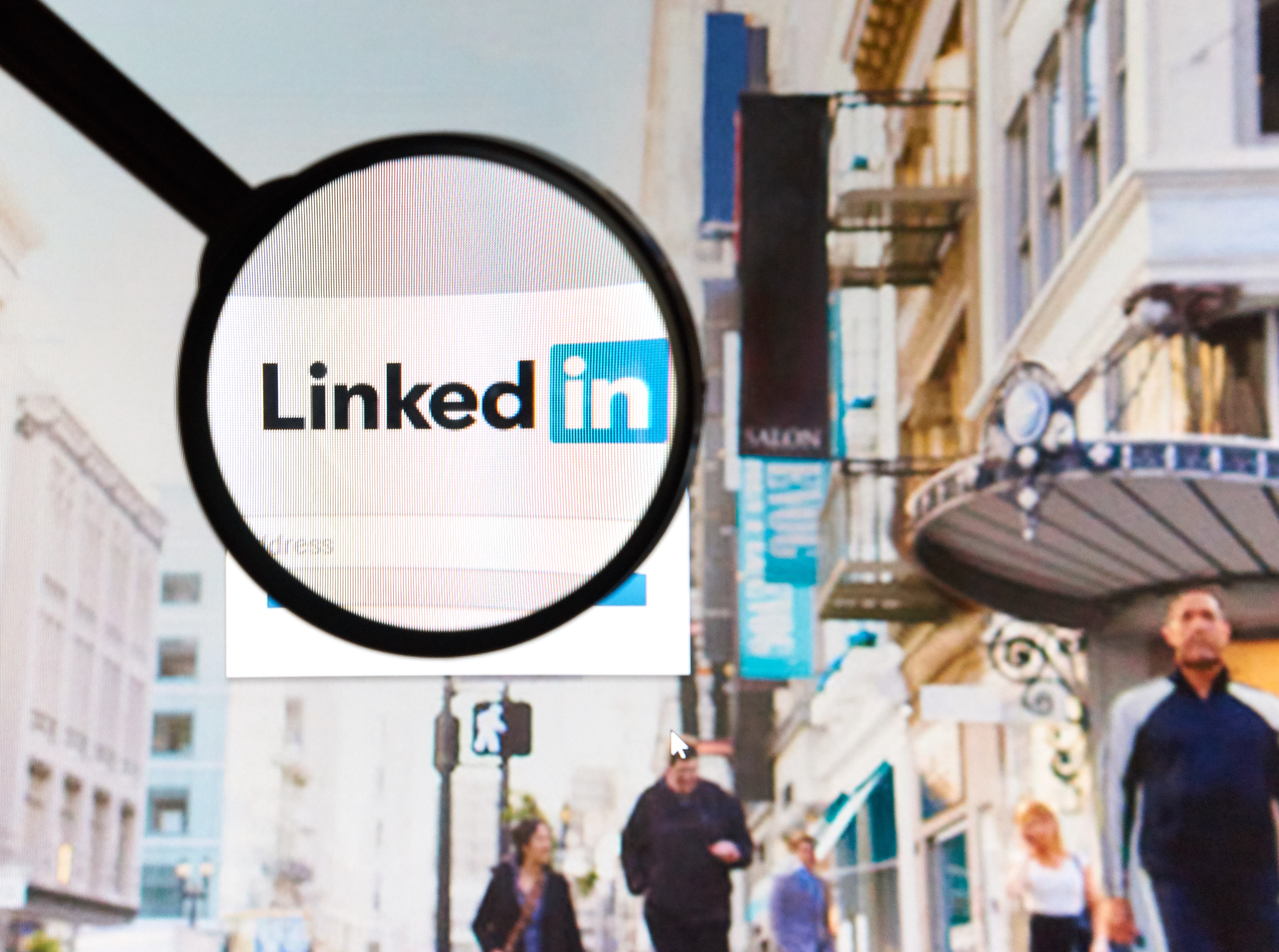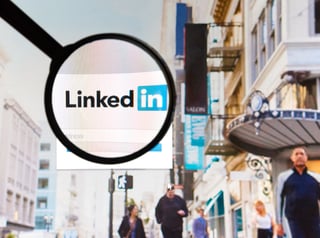BECOME W.I.S.E.R. with Your AI Prompts - A guide for sales managers
Everyone’s wittering on about AI like it’s the second coming. But here’s the rub: if you give it half-baked prompts, you’ll get half-baked answers....

Many Australian B2B firms can increase there marketing reach using a social media strategy that includes LinkedIn.
When talking to B2B companies about their marketing strategy, I ask if social media and LinkedIn in particular has a place in their communications and marketing plans. I generally get a look that is best be described as worried or hesitant and occasionally dismissive.
If I go on to ask them if they think LinkedIn can generate real leads for their business, that worried look disappears and is replaced with looks of disbelief.
Today many B2B firms are concerned about what to do with social media. They know they need to do something, that they should probably have a policy, someone should be tweeting, that their Linkedin profiles need work...but it's all very half hearted. For smaller businesses social media seems to be less relevant- but it can increase your brand and bottom line.

LinkedIn has become a powerful lead generation tool for Australian B2B marketers and sales people.
Statistics for LinkedIn usage and membership are impressive and the tools and capabilities of the platform have become very useful.
Here are our top tips for using LinkedIn for generating genuine leads.
Using Linkedin and other social media is one of the key platforms of Inbound Marketing. Inbound Marketing recognises that the way your target audience is buying is heavily influenced by rampant use of the internet- therefore the way you communicate and generate leads needs to change.
For more information download our eBook,"How To Win The Race For Quality Leads."
Subscribe to our latest news and updates on HubSpot.

Everyone’s wittering on about AI like it’s the second coming. But here’s the rub: if you give it half-baked prompts, you’ll get half-baked answers....

The business world is falling head over heels for AI—and who can blame it? With promises to reduce grunt work, uncover insights, and turbocharge...

Search is evolving - fast. For two decades, SEO has revolved around Google’s algorithm: keywords, backlinks, metadata, and page speed. But with the...